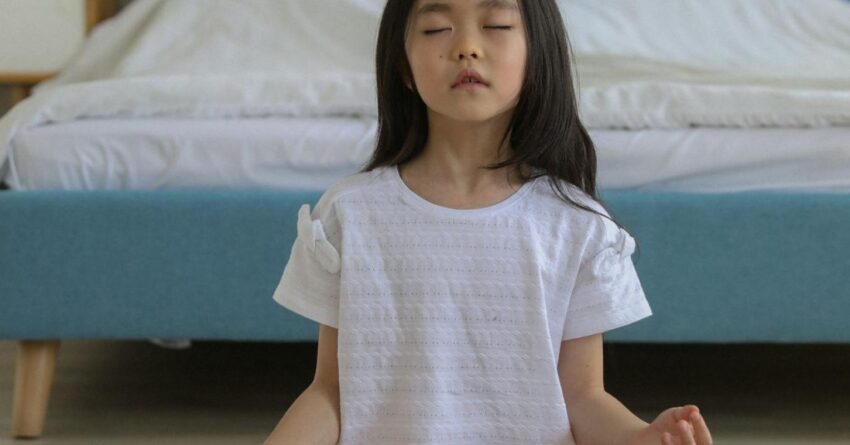Anxiety can present itself in multiple unique forms in children, adolescents, and adults. Recognizing the signs early is crucial for taking the next steps toward healing. Here’s a comprehensive guide to understanding, managing, and reducing anxiety.
Identifying Symptoms of Anxiety
Anxiety often presents through an array of physical and emotional symptoms:
Physical Symptoms:
- Headaches.
- Stomach aches.
- Chest tightness.
- Difficulty breathing.
- Dizziness.
- Muscle tension.
- Back and neck aches.
- Sudden drowsiness.
Emotional Symptoms:
- Difficulty separating from loved ones.
- Trouble sleeping or frequent awakenings.
- Nightmares.
- Changes in appetite.
- Persistent worries and ruminations.
- Nervousness.
- Feelings of helplessness.
- Bedwetting.
- Avoidance of feared activities.
Recognizing these signs is the first step toward addressing and managing anxiety.
Immediate Strategies to Calm Anxiety
If you find yourself overwhelmed by anxiety, here are a few immediate actions you can take to calm your mind and body:
Exercise
Engaging in physical activity, whether it’s a cardio workout or stretching, helps release endorphins and can provide instant relief from anxiety. Aim for 20 to 30 minutes of exercise to help distract and calm your mind.
Cold Exposure
Splashing cold water on your face or sucking on ice chips can trigger an instant “brain freeze,” helping to numb anxiety momentarily.
Calming Stations
Create personalized calming stations at home or in a classroom that include sensory tools effective for you or your child:
- A tent with soft or weighted blankets, stuffed animals, and books.
- Music playlists with a headset.
- An art station.
- A sensory table with foam, water, beads, magnets, kinetic sand, etc.
- An exercise/movement station.
- Hot showers and bubble baths.
These stations can help reduce physical tension and provide a reset for your emotions and worries.
Mindfulness
Practicing mindfulness daily also significantly helps reduce anxiety and improve your mood. There are numerous apps available that offer auditory and visual mindfulness exercises. Consider joining in-person or online mindfulness classes to learn and practice these techniques over time.
Best Therapy Modalities for Anxiety
For moderate to severe anxiety, seeking professional help from an expert specializing in anxiety can be beneficial. Here are some therapy modalities to consider:
- Behavioral interventions: Implementing strategies at home and school to manage anxiety.
- Cognitive behavioral therapy (CBT): A structured therapy focusing on changing negative thought patterns and behaviors.
- Exposure and response prevention (ERP): Gradual exposure to anxiety-provoking situations, while minimizing avoidance and anxiety responses.
- FDA-approved neurofeedback: Non-invasive, non-pharmacological biofeedback to enhance EEG performance to reduce symptoms.
- Medical consultations: Consulting with a physician, pediatrician, or psychiatrist for potential medication interventions.
- Expressive arts therapy: Using creative arts, including music, writing, movement, and arts to identify triggers and learn creative coping strategies.
- Somatic therapy: Addressing the mind-body connection to relieve physical symptoms of anxiety.
- Parent guidance: Providing parents with tools and strategies to support their anxious child.
Do I Need to Treat Anxiety?
If anxiety symptoms are disrupting your relationships, social life, work or academic performance, sleep, daily functioning, and overall well-being, it’s time to seek treatment. Practicing immediate coping strategies and consulting with a therapist specializing in anxiety can lead to significant improvements in your quality of life.
You don’t have to let anxiety control your life. Early intervention and consistent support can help you thrive.
To find a therapist, please visit the Psychology Today Therapy Directory.
